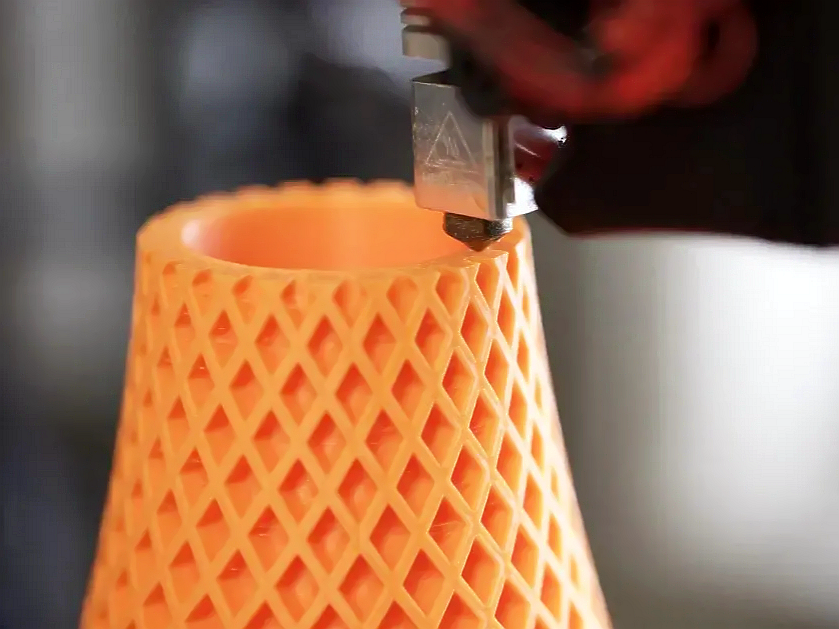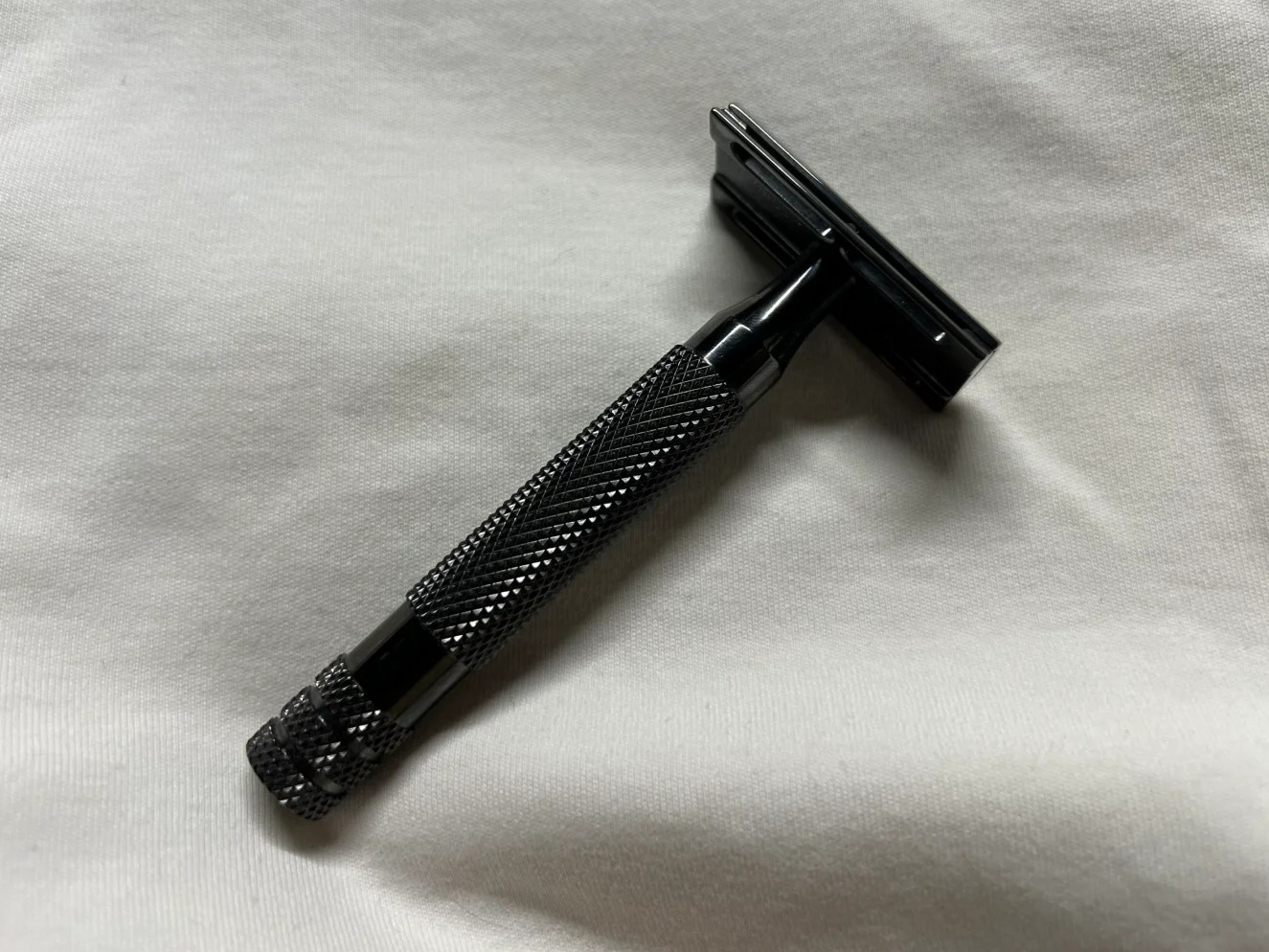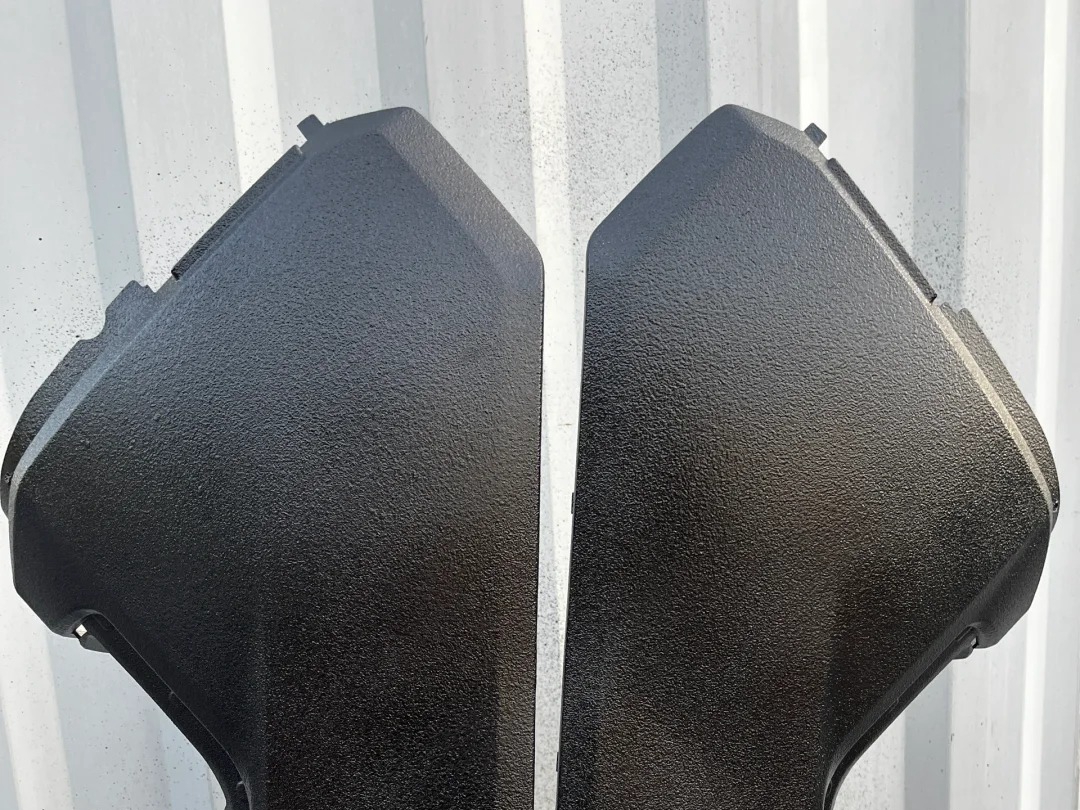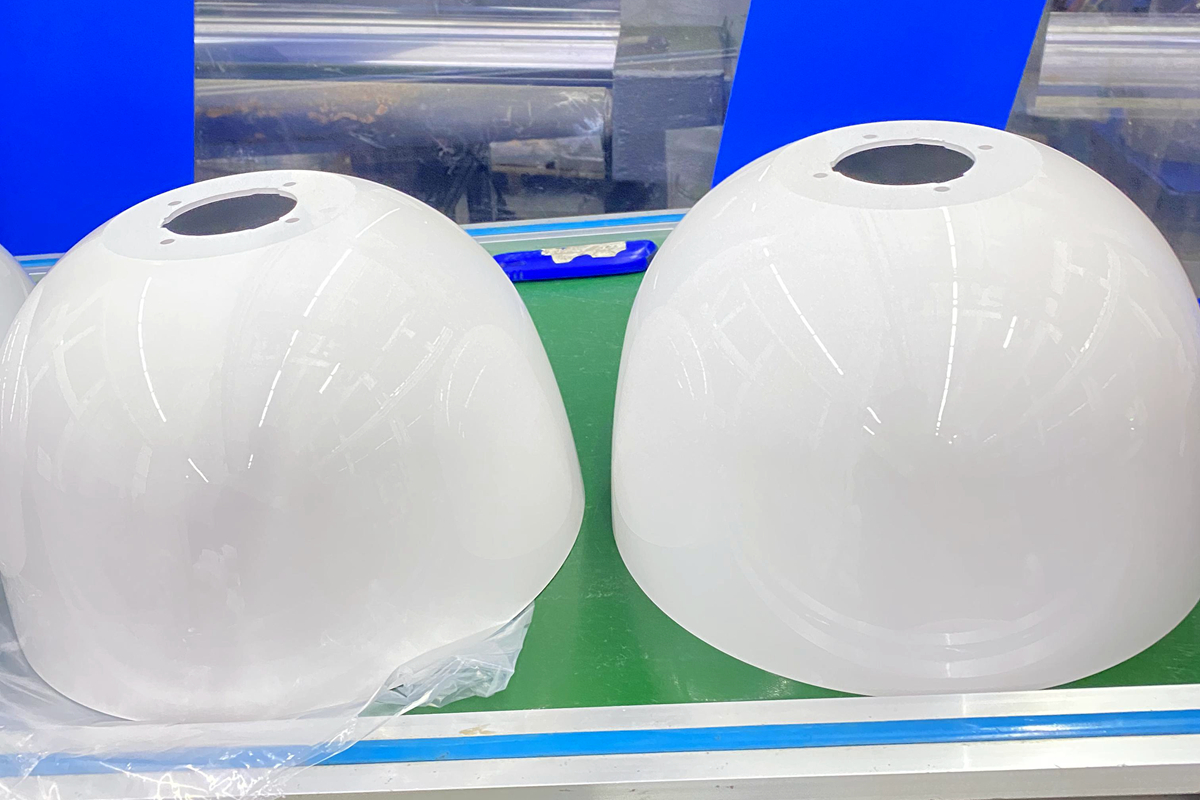Online Material Extrusion 3D Printing Service
Our Online Material Extrusion 3D Printing Service utilizes Fused Deposition Modeling (FDM) and Fused Filament Fabrication (FFF) to produce durable, precise parts. These methods offer rapid prototyping, customizable designs, and a wide range of materials, ideal for functional prototypes, low-volume production, and complex geometries at competitive prices.
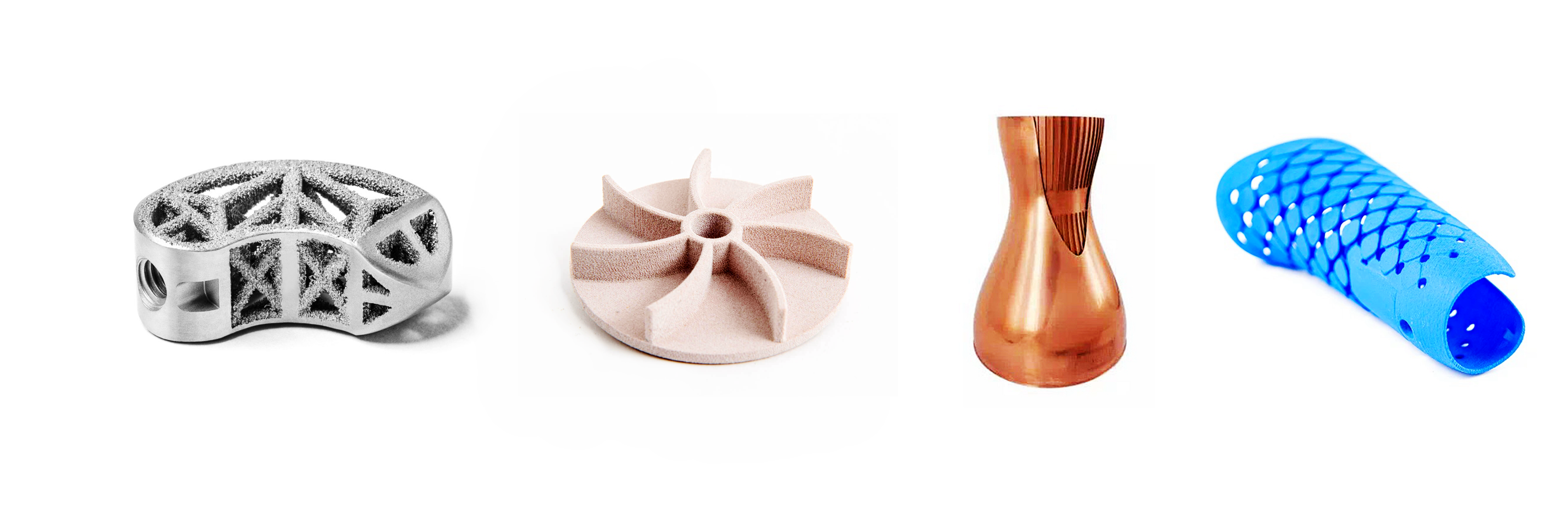
Send us your designs and specifications for a free quotation
All uploaded files are secure and confidential
Benefits of Material Extrusion 3D Printing Service
Material Extrusion 3D Printing Service uses a heated nozzle to extrude and deposit thermoplastic materials layer by layer. Commonly known as Fused Deposition Modeling (FDM), it is cost-effective and ideal for prototyping, functional parts, and low-volume production. It supports materials like PLA, ABS, PETG, and composites for diverse applications.
Comparison Of FFF and FDM
This comparison outlines key aspects of Fused Deposition Modeling (FDM) and Fused Filament Fabrication (FFF), including definitions, trademark status, process details, materials, applications, printer availability, cost, community support, and innovation.
Let's Start A New Project Today
Material Extrusion 3D Printed Parts Design Guideline
These design guidelines help optimize parts for material extrusion 3D printing by addressing critical aspects such as wall thickness, overhangs, supports, and more. Following these recommendations can improve part strength, accuracy, and overall print quality.
